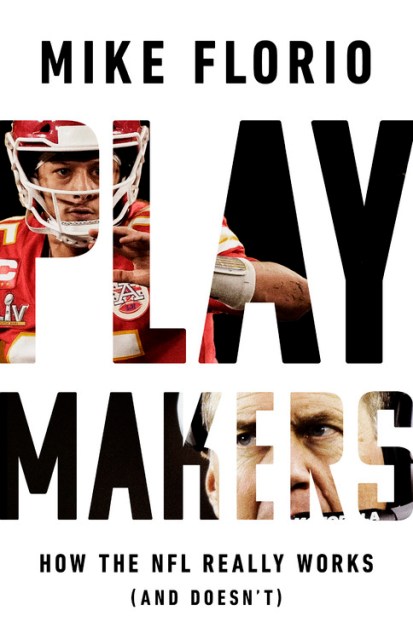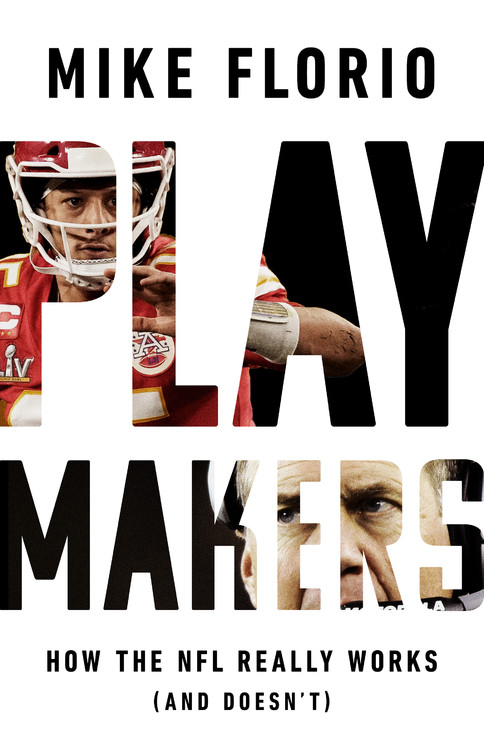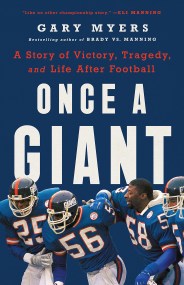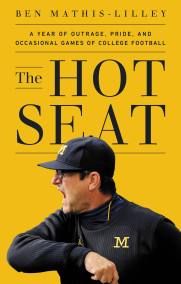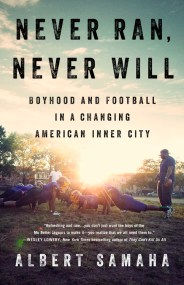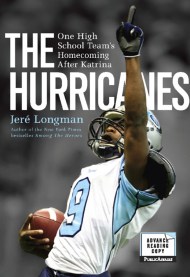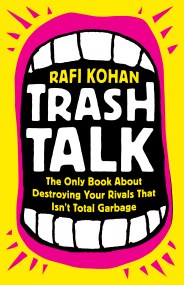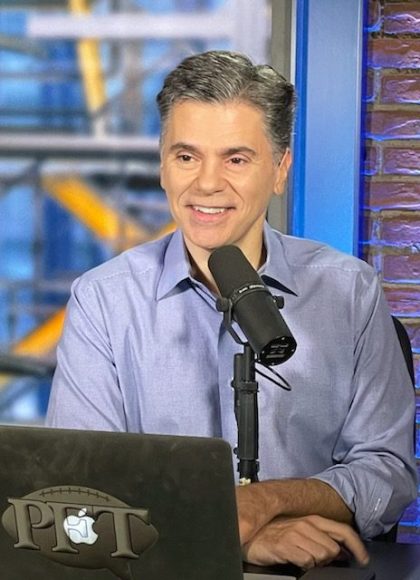Promotion
Use code MOM24 for 20% off site wide + free shipping over $45
Playmakers
How the NFL Really Works (And Doesn't)
Contributors
By Mike Florio
Formats and Prices
Price
$29.00Price
$37.00 CADFormat
Format:
- Hardcover $29.00 $37.00 CAD
- ebook $17.99 $22.99 CAD
- Audiobook Download (Unabridged) $31.99
This item is a preorder. Your payment method will be charged immediately, and the product is expected to ship on or around March 15, 2022. This date is subject to change due to shipping delays beyond our control.
Also available from:
In recent decades, the NFL has simultaneously become an athletic, financial, and cultural powerhouse—and a League that can’t seem to go more than a few weeks without a scandal. Whether it’s about domestic violence, performance-enhancing drugs, racism, or head trauma, the NFL always seems to be in some kind of trouble. Yet no matter the drama, the TV networks keep showing games, the revenue keeps rising, and the viewers keep tuning in.
How can a sports league—or any organization—operate this way? Why do the negative stories keep happening, and why don’t they ever seem to affect the bottom line? In this wide-ranging book, Mike Florio takes readers from the boardroom to the locker room, from draft day to the Super Bowl, answering these questions and more, and showing what really goes on in the sport that America can’t seem to quit.
Known for his constant stream of new information and incisive commentary, Florio delivers again in this book. With new insights and reporting on scandals past and present, this book will be the talk of the League—whether the League likes it or not.
Genre:
-
“Mike Florio is masterful at getting to the crux of any story. Playmakers is a grand tour of the modern-day NFL. And he pulls no punches, which makes every entry even more riveting. Front to back, this is one terrific read.”Al Michaels
-
“Playmakers looks at the NFL from all angles, and definitely from the player’s perspective. It will help fans understand how the League works, and what it means to play pro football in today’s NFL.”Dak Prescott
-
“I have been a fan of Pro Football Talk since Mike launched the site and was thus delighted to learn that he had written a book. I anticipated that it would be packed with fascinating insights and intriguing analysis, and it is. Anyone interested in League history, League business, and League controversy should read Playmakers.”Amy Trask, CBS Sports
-
“Mike Florio is one of our top three favorite writers at Pro Football Talk, and he is our favorite host of PFT Live. We thought this book was going to be about the ESPN show. It’s not, but it’s still good. If you have to read a book, this would be a good choice.”Big Cat and PFT Commenter, hosts of Pardon My Take
-
“[An] entertaining look beyond the gridiron.”Kirkus
-
"When it comes to the NFL, Mike Florio has long been a source of both credible information and insightful opinions. Playmakers provides both the essential background and an informed take on just about every NFL issue and controversy."Bob Costas
-
“[A] highly informative, entertaining, and provocative examination of what makes the NFL work and why at times it doesn’t work… Florio explores some very well-known incidents, issues, or personalities. He revisits scandals both on and off the field, sometimes solving mysteries and correcting public misunderstanding. Owners, players, and coaches come under his microscope with praise for some and dismissal for others.”New York Journal of Books
- On Sale
- Mar 15, 2022
- Page Count
- 384 pages
- Publisher
- PublicAffairs
- ISBN-13
- 9781541700185
Newsletter Signup
By clicking ‘Sign Up,’ I acknowledge that I have read and agree to Hachette Book Group’s Privacy Policy and Terms of Use
